[the_ad id=”476″]
Animals use their self protection instinct to save themselves from danger. To do this, they adopt their innate mechanisms of self protection from their enemies. In this article, we have selected some of the most sophisticated measures taken by animals, mostly the vulnerable ones to keep themselves safe.
For example, in this case we are taking a pangolin as an animal that can protect itself from danger. A pangolin, for instance, will roll up into a ball like shape for self protection as its behaviour besides it has hard scales as its special characteristics to protect itself.
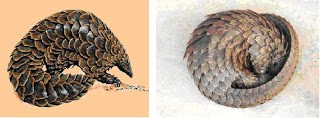
Different animals, also have different physical characteristics that protect themselves from their enemies. These include:
- a hard shell
- thick skin
- dry, hard scales
- horns
- spines
- sharp claws
- body shape or colour that matches the surroundings
- good eyesight and hearing
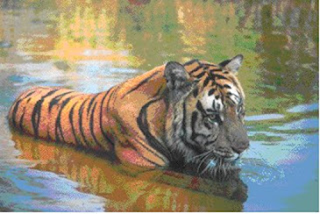
The bodies of garden snails, clams, crabs and tortoises are covered by a hard shell. The shells help them to protect their enemies. Garden snails and tortoises can also pull their head, legs or their whole bodies inside their shell. Clams protect themselves by closing up their shells.
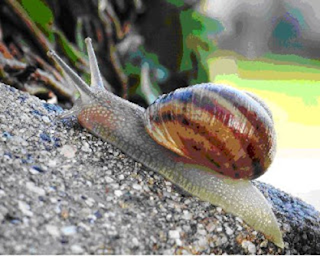
Porcupines, porcupine fish and starfish have spines on the surface of their body. The spines can injure enemies that go near or attack these animals.
- Porcupines raise their long, stiff spines as a warning when their enemies go near them.
- A porcupine fish can inflate its body by drinking a lot of water. This raises the sharp spines on the fish’s body. The spines help to keep the fish’s enemies away.
Some animals have body shapes or colours that match their surroundings. This makes it easier for these animals to hide from their enemies.
- Leaf insects have green body parts that look like leaves.
- Sticks insects have a long, thin body that look like a stick or twig. Their body colour is also similar to the colour of twigs.
- Zebras have black and white stripes on their bodies. This makes it more difficult for their enemies to spot them from a distance.
Centipedes, cobras, wasps and scorpions can defend themselves from their enemies by using their poison.
- Centipedes and cobras can bite their enemies to weaken or kill them.
- Wasps and scorpions can sting their enemies to weaken or kill them.
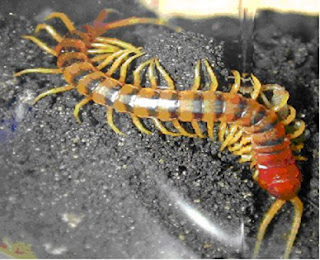
Besides physical characteristics, some animals also behave in special ways of self protection from enemies. These include:
- changing the colour of fur or skin
- living in groups
- pretending to be dead
- breaking off a body part
- giving off a bad smell or black ink
- running or flying away
- hiding
For example, the artic fox can change the colour of its fur to match the colour of its surrounding. In spring and summer, the artic fox has grey fur. Before the start of autumn and winter, its fur will change to white. By changing the colour of its fur, the artic fox can avoid being detected by its enemies easily.
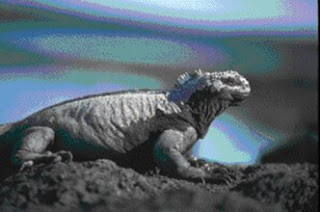
Chameleon use a technique called camouflage for self protection, by changing their skin colour to match the colour of their surroundings, for example, the colour a tree trunk. This ability helps chameleons to hide from their enemies.
Some beetles and millipedes pretend to be dead as a self protection measure when they are attacked or threatened.
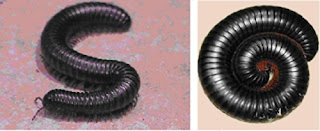
Elephants, deer, buffaloes and zebras live and move from place to place in groups (herds). This allows them to defend themselves together when they are in danger. For example, when predator tries to attack the young of the elephants, the adult elephants will form a circle and keep their young in the centre of the circle.
Besides, animals on earth live in many different habitats. Some of these habitats may be very hot or very cold. Animals that live in very hot habitats include camels and hippopotamuses. Animals that live in very cold habitats include whales and polar bears. Such animals have to adapt to the extreme weather in order to survive.
Some animals such as zebras have to adopt self protection measures to protect themselves against both their enemies and extreme weather. Some large animals such as elephants do not have natural enemies. However, they still have to protect themselves from their hot weather in their habitat to stay alive. During a drought, they have to move to new habitats to find water and food.
Only animals that can protect themselves from their enemies and extreme weather will survive in nature. Animals that cannot do so will be easily killed by their enemies or die of heat, cold or hunger. When all animals of the same type die, that type of animals will become extinct.
En savoir plus sur Centre for Elites
Subscribe to get the latest posts sent to your email.
